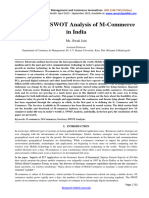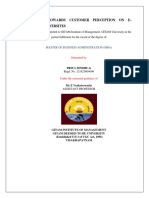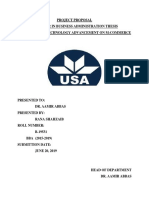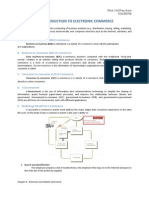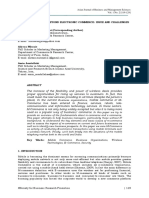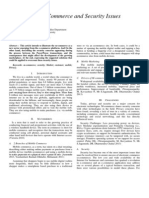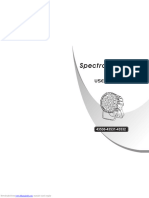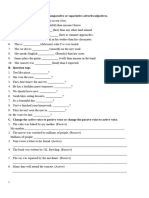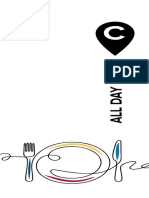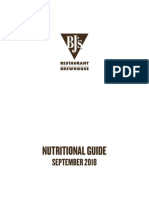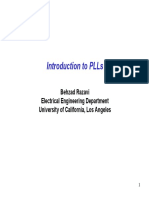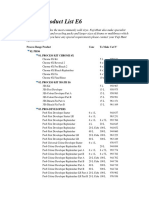0% found this document useful (0 votes)
141 views32 pagesResearch Project 1
This document is a project report on consumer perception of m-commerce submitted by Nishtha Narang in partial fulfillment of a BBA degree. The report includes chapters on introduction, literature review, research methodology, data analysis, findings and conclusions, and suggestions. It provides an overview of m-commerce and discusses factors driving the growth of e-commerce like wider audience reach and cost efficiency. It also outlines key applications of e-commerce such as online shopping, real estate, banking, delivery of goods, and import/export.
Uploaded by
Nishtha NarangCopyright
© © All Rights Reserved
We take content rights seriously. If you suspect this is your content, claim it here.
Available Formats
Download as DOCX, PDF, TXT or read online on Scribd
0% found this document useful (0 votes)
141 views32 pagesResearch Project 1
This document is a project report on consumer perception of m-commerce submitted by Nishtha Narang in partial fulfillment of a BBA degree. The report includes chapters on introduction, literature review, research methodology, data analysis, findings and conclusions, and suggestions. It provides an overview of m-commerce and discusses factors driving the growth of e-commerce like wider audience reach and cost efficiency. It also outlines key applications of e-commerce such as online shopping, real estate, banking, delivery of goods, and import/export.
Uploaded by
Nishtha NarangCopyright
© © All Rights Reserved
We take content rights seriously. If you suspect this is your content, claim it here.
Available Formats
Download as DOCX, PDF, TXT or read online on Scribd
/ 32



